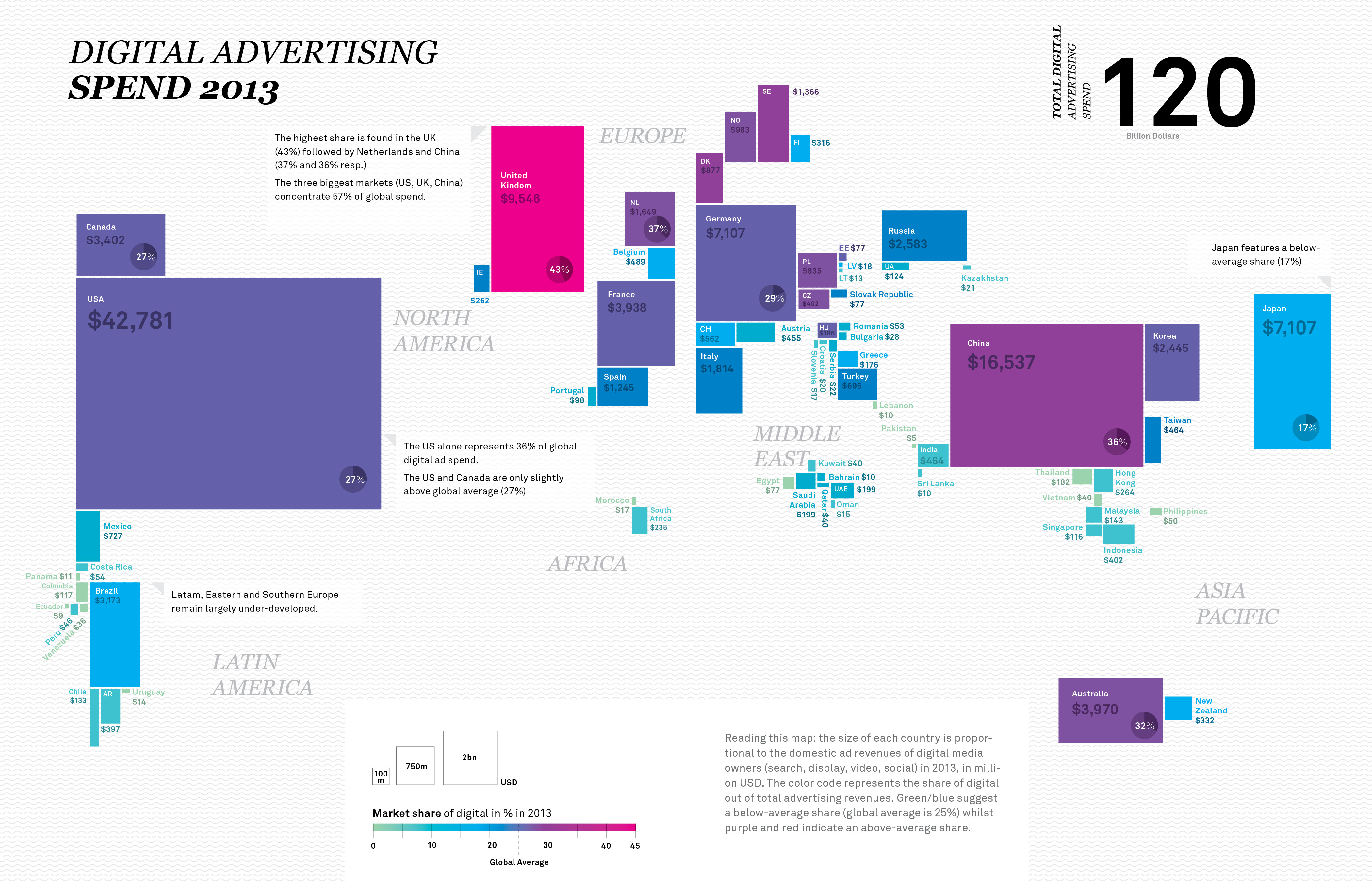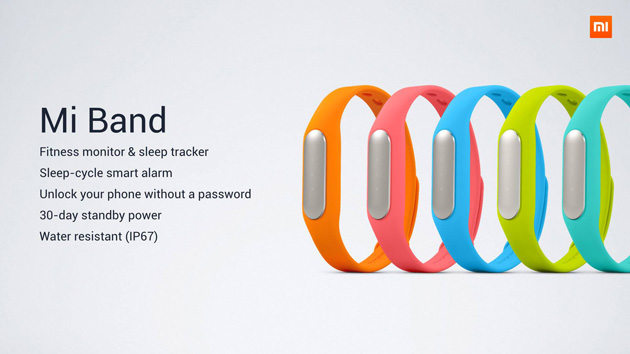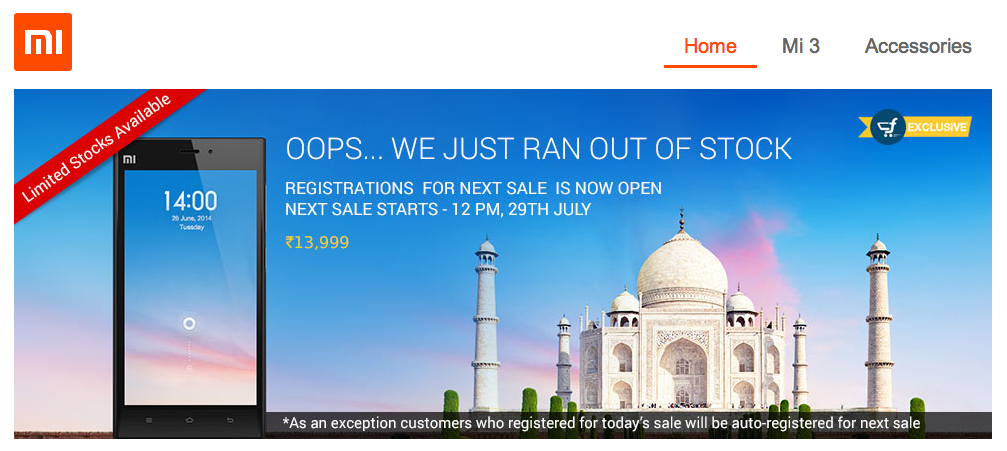Given the well-publicized Target security breach last December, you’d think businesses would have been warned to take extra care when it comes to protecting consumers’ payment info. But alas, news about credit card breaches just keeps on coming. And here is a quick review of ten major breaches in the U.S. this year so far:
On Jan 10, upscale retailer Neiman Marcus announced that it started an investigation on a hacker break-in that had compromised an undisclosed large number of customer cards.
On Feb. 7, White Lodging, a company that maintain national hotel brands including Hilton, Marriott, Sheraton and Westin, issued a statement acknowledging a payment data breach at 14 hotels that exposed credit and debit card information on thousands of its guests.
On Mar. 2, National beauty products chain Sally Beauty became the latest victim of a breach targeting their payment systems in stores, with 15 stolen credit cards sharing a similarity of being used recently at various Sally Beauty locations.
On Mar. 28, Liquor store chain Spec’s announced that more than half a million customers at 34 stores owned by the company may have had critical financial information stolen in a sophisticated computer scam.
On Apr. 17, Michaels Stores, the largest arts and crafts chain in the States, acknowledged that a security breach, first reported back in January, had affected up to 3 million customer credit and debit card accounts.
On July 9, More than 10,000 customers of The Houstonian Hotel, Club & Spa in Texas was notified that their payment cards had been compromised in a “malicious software attack”.
On July 18, financial institutions across the country reported that multiple locations of Goodwill Industries stores have been identified as a likely point of compromise for an unknown number of credit and debit cards.
On July 23, local restaurant group claims in Delaware claimed that an undisclosed number of Delaware restaurants have been affected by a credit card breach that compromised its point-of-sale software.
On July 31, Sandwich Chain Jimmy John’s reported that it started working authorities to investigate a security breach involving its customers’ credit card data. The scope of this breach has yet to be confirmed.
On Aug. 6, Chinese bistro chain P.F. Chang’s confirmed that 33 of its restaurants across the country revealed were affected by the credit card breach, after two months of investigation since the discovery back in June.



